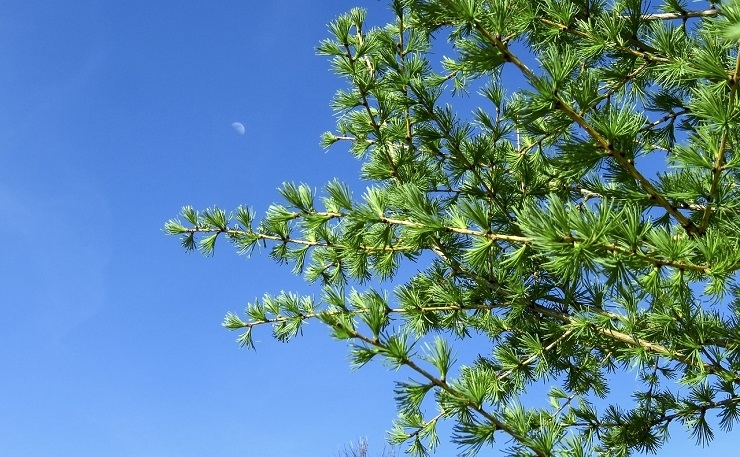The difference between European, British and Siberian Larch
Published: 08/06/20 By: Mike Bekin
One of the most common queries clients often ask is the difference between European or British-grown larch and Siberian grown larch, with the general consensus initially being that Siberian larch is more aesthetically pleasing and durable.
However, there are unique properties that still make British and European larch desirable. However, notably they look distinctly different though and possess different properties. So, it’s important before embarking on a project that you know which one you’re planning on using.
It’s all in the trees
The difference comes down to the trees. The European and British larch tree is commonly referred to as the same species, but it is so distinctly different from the Siberian larch that they’re a different species altogether: Siberian Larch is Larix sibirica while European is Larix decidua or Larix europaea.
Because the trees are so different in terms of their makeup and, of course, their growing environment, they have several different factors that set them apart from one another, factors we’ll be expanding upon below.
Growing – The climate of Siberia is more severe than almost anywhere else in Europe, famously so. This means that their trees need to be able to survive the cold and frost of the long Winter months.
As a result, Siberian larch generally grows slower and stronger and will be more durable as a result.
Appearance – In terms of appearance British/European larch is a consistent pale pink or orange colour and includes more regular dark knots whereas Siberian is a paler straw or yellow-brown colour (quite close to pine in many regards) with knots that tend to be more grey in colour.

Durability – Both types of larch are classed as moderately durable, which means you should get a service life of at least 15 years and, if well installed and looked after, they could last more than double that.
However, the growing conditions of Siberian larch make it more durable than its British or European variant, meaning it’s ideally used for external cladding or decking.
Availability – Siberian larch comes into the country pre-dried and cut and tend to be fairly standard in terms of sizing. With British larch, however, it’s cut locally, which means it can be cut theoretically to any dimension possible when wet. For dried larch, however, the dimensions are still very much the same standard sizes: 1 to 2 inch thick (25-50mm) commanding the vast majority of volume.
Stability – Both types are relatively unstable, given that they are softwood. This means that they will move throughout their use life, expanding, shrinking, and splitting slightly, therefore good fixing is necessary.
Grading – Larch tends to be graded as either “fourths/sawn fallen,” which is a knottier grade or “unsorted,” which is a cleaner grade with fewer knots. Many suppliers will simplify matters by grading the Larch as A or B.
Density – Due to its slower growth, Siberian Larch is denser than European Larch: 590kg/m3 as opposed to 550kg/m3. This usually means it is stronger – but if you’re planning to build anything with either of these types of Larch, please ensure to ask advice on structural grading.
Cost – When it comes down to brass tax, both kinds of larch sit at the cheaper end of the spectrum when it comes to quality cladding timbers, which is why they’re one of the favourite species around. British grown and EU grown larch, however, tend to be significantly cheaper than Siberian larch, particularly if you opt for the more rustic cuts.
Larch cladding is a consistently popular choice for building projects due to its perfect balance between affordability and performance. It’s cheaper than cedar but is just as aesthetically pleasing and almost as durable, as long as it’s well installed.
The choice between European and Siberian larch is, ultimately, one that will come down to cost and preference, but if you can afford it, we’d always recommend going with Siberian Larch where possible when it comes to cladding.
